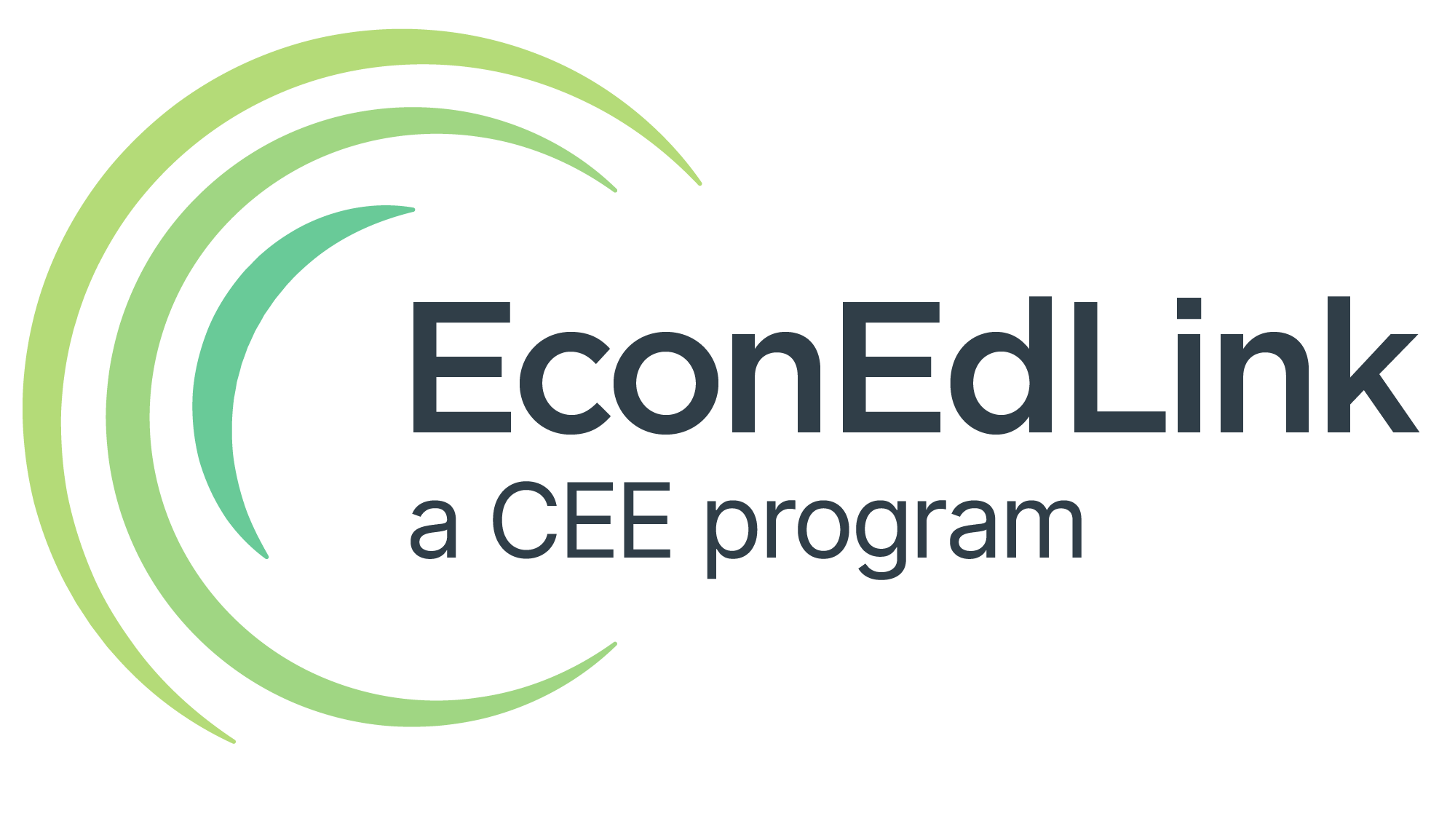
Grades 9-12

Don't have an account yet? Sign up for free
Don't have an account yet? Sign up for free
Students will be able to:

In this economics lesson, students will evaluate fiscal policy objectives to learn the challenges of sustainable national budget formation.
Warm-up
Where do your students think the federal government spends it’s money? Poll your students using your favorite method (menti, poll everywhere, etc) Q. Which spending category was the largest part of the 2022 federal budget? Answers: A: Defense Spending B. Social Security C. Heath and Medicare D. Income Security E. Foreign Aid F. Education G. Interest on the Debt. Correct answer is C. Health and Medicare Discuss students answers.
Hand out a copy of Where Federal Govt Spends Money and have students fill out the percentages in the first column. Display Powerpoint Slide #2.
Modeling
Hand out a copy of guiding notes and questions (pgs. 1-2) from the The Fiscal Ship Student Handout to each student. Use the The Fiscal Ship Lesson Powerpoint Slides and videos to walk students through the background information necessary to understand challenges facing federal budget policy-makers given the size of recent budget deficits and the increasing size of the national debt. Review slides 1-34.
Group Activity
Hand out a copy of Select Your Governing Goals and Your Personal Governing Goals (pgs. 3-4) from theThe Fiscal Ship Student Handout to each student. Direct students through the presentation slides 35-40. Within this section, students will select three governing goals and engage in a pair-and-share discussion with a neighbor. Prompt students to discuss the questions provided on slide 40 and to record their answers to the corresponding questions on Your Personal Governing Goals.
Hand out a copy of Policy Options Evaluation (pgs. 6-7) from the Fiscal Ship Student Handout to each student. Students highlight policies in each of the 16 categories of policy options on the Fiscal Ship. These are the same policy options they will encounter during the Fiscal Ship game when they are balancing their own values with the fiscally sustainable goals of the government.
Individual Activity
Students will require access to a device which allows access to the Internet, preferably a tablet or laptop. Teachers should begin explaining the objectives of the game as stated on slides 44-45. On a projector screen, show the YouTube video How to Play the Fiscal Ship linked on slide 46. Students should be prompted to complete questions 6-8 on pg. 5 from the Fiscal Ship Student Handout before closing out of the Fiscal Ship Game application. Students will participate in a class discussion after the game experience as seen on slide 47. Provide students the link to play the Fiscal Ship Game. During the game, be sure students have chosen to select their own goals, and then to proceed selecting policies which will allow them to achieve their selected goals and to sustain the national debt levels, hopefully managing to achieve both objectives before submitting their fiscal budget plan.
Students should demonstrate new learning by completing a “5 Minute Write” in response to the prompt provided on slide 36 of the presentation. It states, “Now that you have played the Fiscal Ship game, how do you propose the federal government set the budget on a sustainable course for the next 25 years?” Collect the responses.
Activity
Prompt students to complete the Political Typology Quiz by the Pew Research Center. This quiz determines student’s political typology and better understand how their values guide personal policy preferences. The Pew Research Center survey elaborates on the political spectrum by comparing student responses to actual survey data, allowing students to see the complex nature of policy-making given the difficulties of consensus building across many different political groups and important social and political issues. Students should select the answer choices which best align with their views. The survey results will include the percentage of U.S respondents who are aligned with their view points (political typology considers alternatives being the simple conservative or liberal labels).

Grades 9-12

Grades 9-12

Grades 6-8, 9-12

Grades 3-5, 6-8
